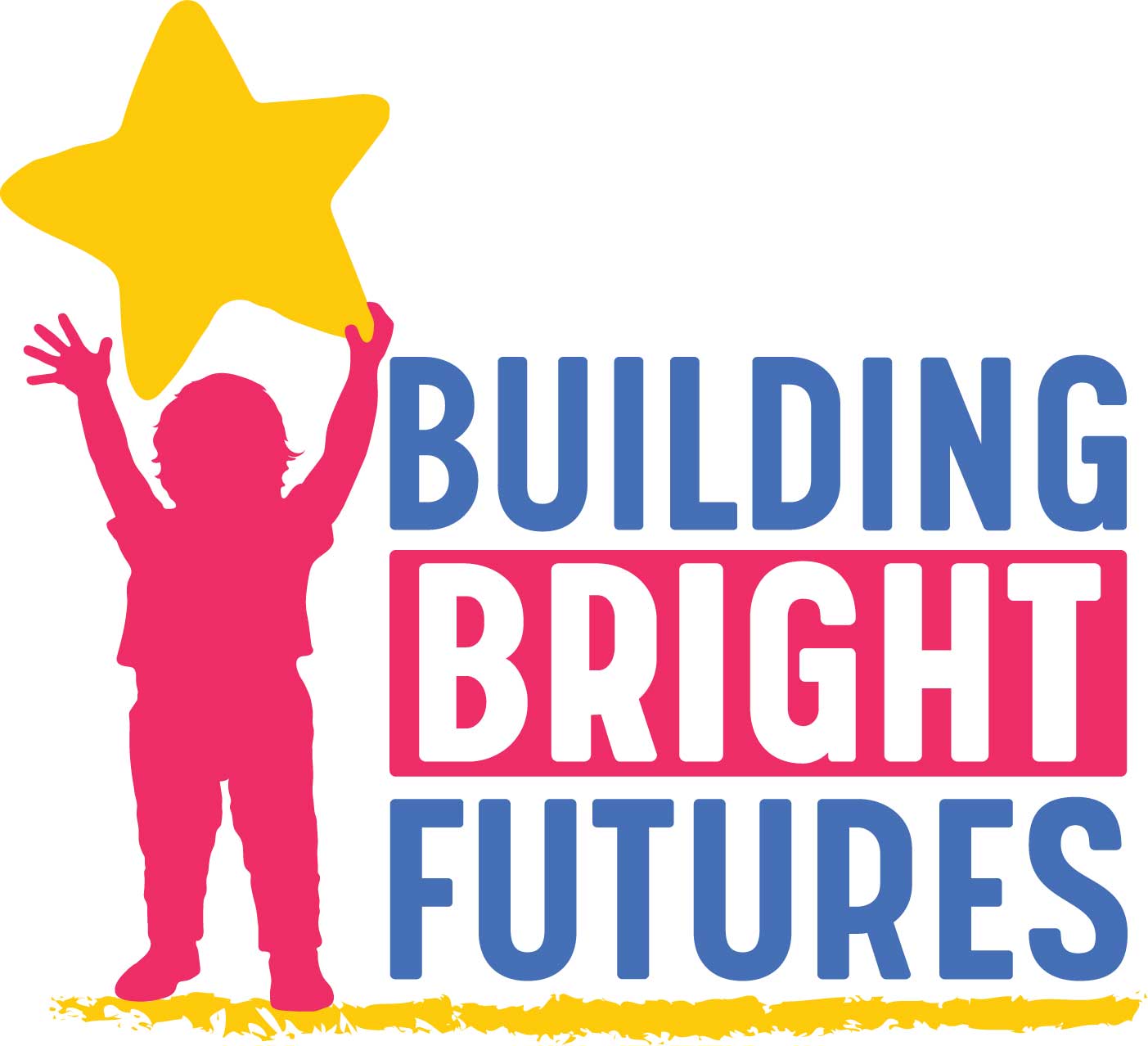Vermont’s Early Childhood Framework is built around the state’s commitment to realizing the promise of every Vermont child. On July 23, the Building Bright Futures State Advisory Council (SAC) took a bold step forward in specifying exactly what that means for each and every child and their family.
The SAC joined the Agency of Education in endorsing principles for Supporting Each and Every Young Child and Family’s Full and Equitable Participation, also known as the Vermont Guiding Principles.
For the past two years, an interdisciplinary, interagency, and cross-sector work group including members of the Building Bright Futures network, has been drafting the Guiding Principles to explicitly and intentionally articulate Vermont’s commitment to achieving the full potential of each child. The Vermont Guiding Principles went through a state validation process in which close to 92% of respondents fully endorsed the content of the document.
What do the Vermont Guiding Principles mean for a child care professional or leader? Or an agency providing early childhood services? Or a philanthropic partner looking to support worthy early childhood initiatives?
The Vermont Guiding Principles
- articulate how each early childhood professional strives to develop the full potential of each and every child in their classroom, taking into account the unique culture, experiences, and needs of that child and family;
- specify the ways in which early childhood leaders enhance policies and build collaborative efforts to support children from diverse backgrounds, with diverse languages, and experiencing diverse life circumstances, along with the diverse families supporting those children;
- encourage agency partners to intentionally collect and use data to confirm that each and every young child is succeeding in Vermont; and

- advise philanthropic partners to target funds in ways that build equitable access to opportunities to learn and develop.
Consider, for example, Qasim and his family, who are newly arrived from Syria. How will his teachers support him as a dual language learner who has recently experienced significant trauma? How will they make the connections that help him to feel a sense of belonging and membership? Will community agencies be prepared to help Qasim’s family to feel welcome, learn English, and worship safely? The Vermont Guiding Principles provide a guide post to what authentic efforts of this kind might look like.
Evidence and resources are being developed to help anyone to use the Vermont Guiding Principles authentically and effectively. The coming months will offer additional conversations and opportunities to consider how we can individually and collectively use this important resource.





